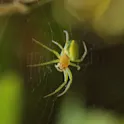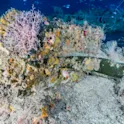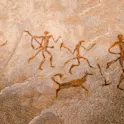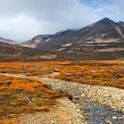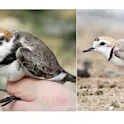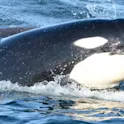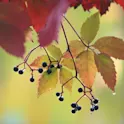Wings, not webs: Certain bugs are the winners of urbanization, impacting cities’ insect diversity
By Deborah Pirchner, Frontiers science writer Image: Dr Marion Chatelain. Occurrence and abundance of the ‘cucumber green spider’ decreased along the rural-urban gradient. Urban spread goes hand in hand with wildlife habitat loss and fragmentation. This impacts all animals, down to the smallest. Scientists found that the level of urbanization impacts arthropod abundance, richness, and diversity, factors which likely alter the foraging behavior of bigger animals. Cities are bursting with life, both human and animal. The smallest of them, insects, spiders, and ants are easily overseen, but their presence – or absence – in cities has wide-reaching effects. Scientists in Austria have published a study in Frontiers in Ecology and Evolution, which found a correlation between the presence of arthropods – invertebrate animals with an exoskeleton; among them are bees, insects, and spiders – and level of urbanization. “We show that richness and diversity of arthropods on trees and bushes decreases along the rural-urban gradient,” said first author Dr Marion Chatelain, a postdoctoral researcher at the University of Innsbruck, Austria. “More specifically, we show that urbanization disfavors wingless groups, particularly so on trees. Indeed, web spiders and springtails are less likely to be found in the city, where, on the […]



